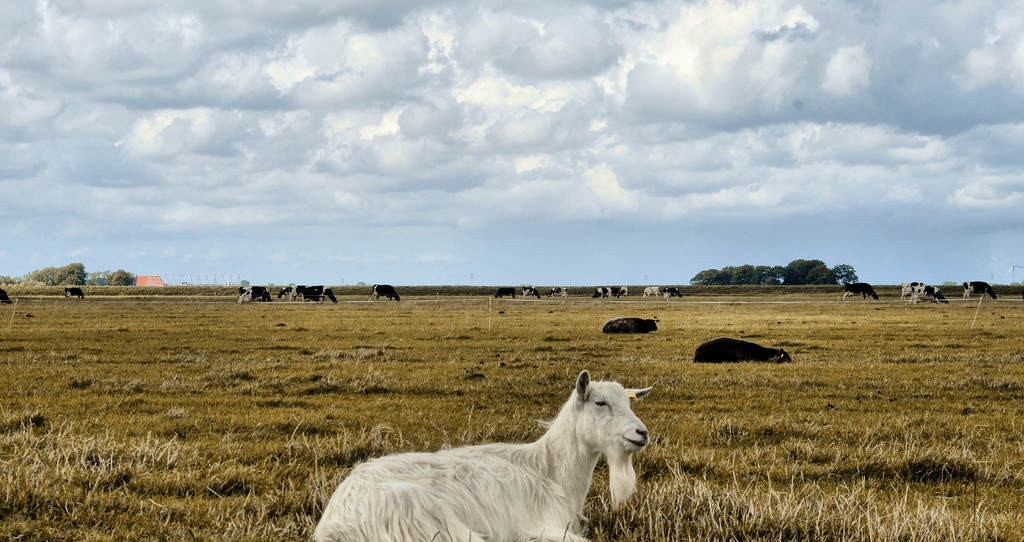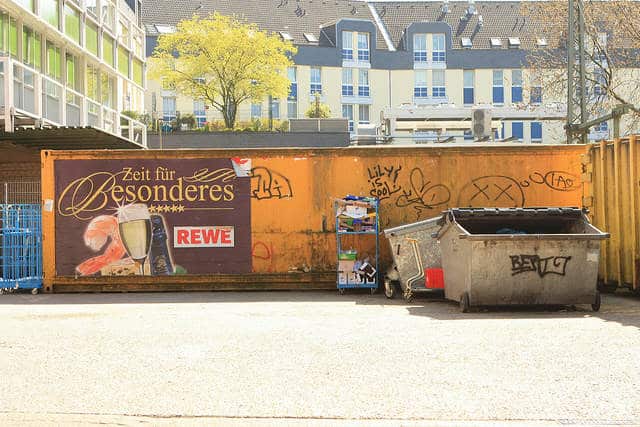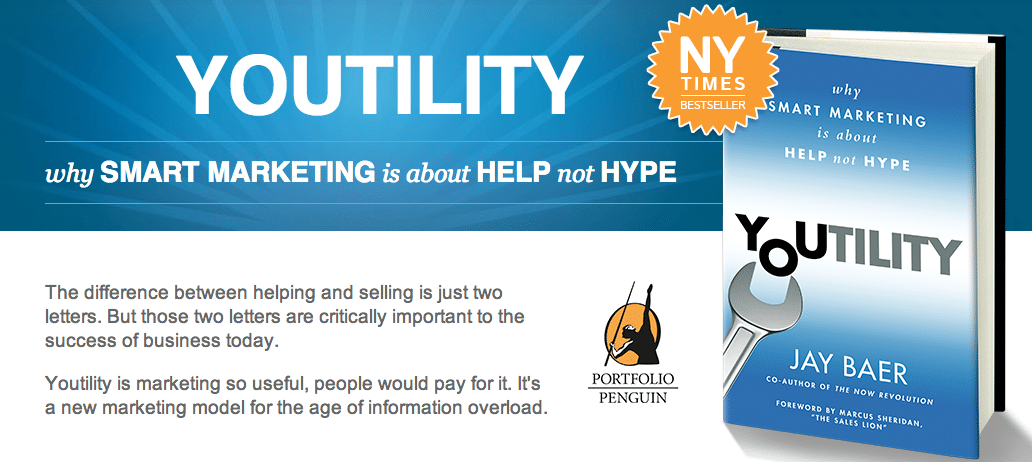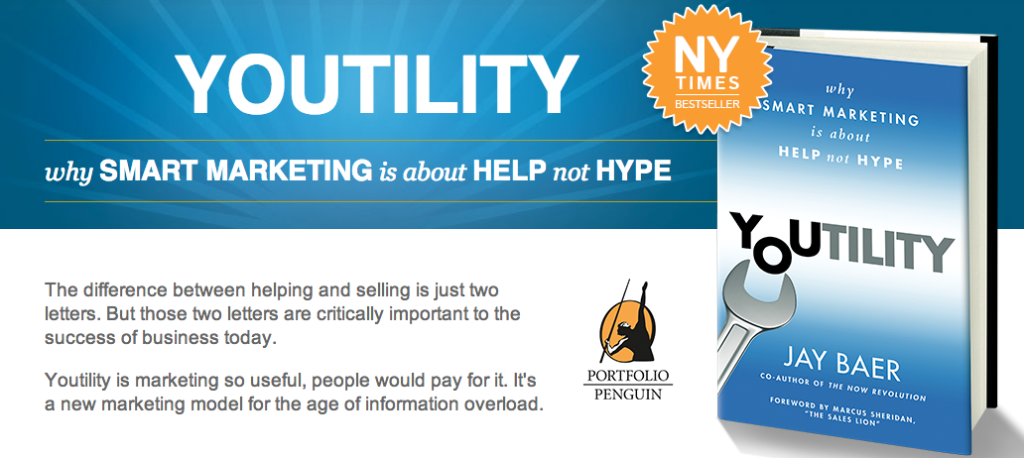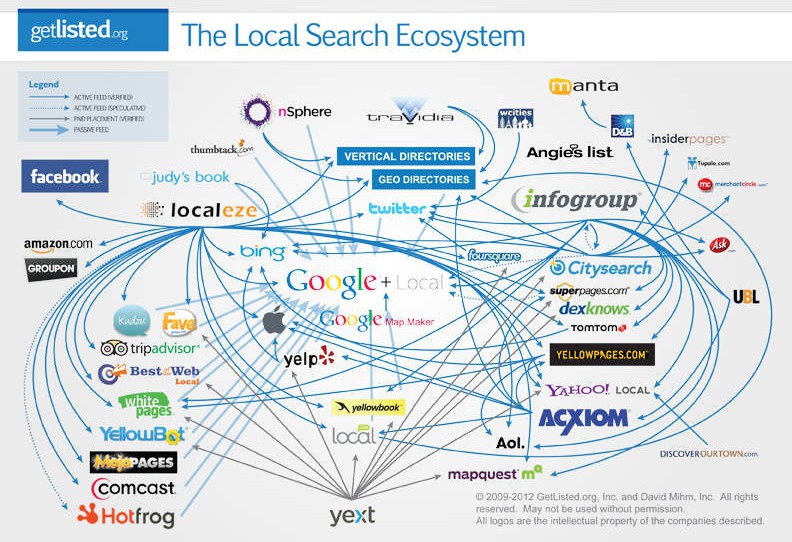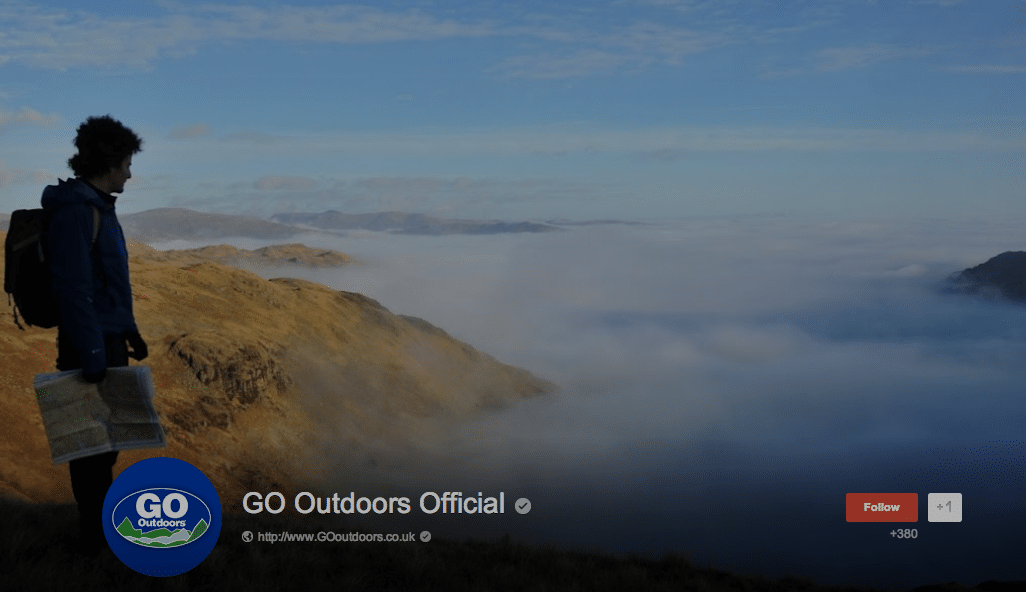This is a guest post from my wife Jacki. She’s the author of Starting Over and Standing Up, the first two books in the Starsville Saga. A version of this post originally appeared on her blog, but I wanted to share it here as I feel the question of definition, and the assumptions we make when it comes to dumbing down our own messages, transfer well to business and marketing in general, as well as our own blog communities.
Starting Over and Standing Up, the first two books in the Starsville Saga,?are currently listed in the Young Adult (YA) genre.
As the saga progresses, the characters get older and deal with more mature things. The last book in the saga?will be in the adult genre, meant for ages 18+.
I?m not sure how the audience will react to that, but I wrote my characters the way I thought I should.
They go from junior high, to high school, to university and adulthood. I hope my audience will grow with them.
I?ve been told that Starting Over and Standing Up should be in mixed genres for the following reasons:
- The main character is a child.
- The characters have dark back stories that are too deep for young adults to understand.
I tend to disagree with both of these things.
First, the main character starts telling her story at the age of 13, but the books take place over the course of four years. Second, I believe that there is nothing too deep for the YA audience to understand. Sadly, too many people can relate to these dark issues.
YA is one of the genres I like to read for its simplicity. It doesn?t take the author 300 pages to describe the sunset. The sunset is what it is, and for that I?m happy. In general though, I find there are three types of YA authors:
- The authors that dumb down content for their YA readers.
- The authors that dumb down vocabulary for their YA readers.
- The good authors.
Maybe Starting Over and Standing Up deal with some darker issues, but I?m not going to dumb it down. I?m also not going to write condescendingly.
I write the way I speak. So whether you are 14 years old or 40 years old, my language will remain consistent. Minus the profanity.
I hope that’s okay with you.
 About the author: Jaclyn Aurore is the author of young adult fiction?books?The Starsville Saga:?Starting Over,?Standing Up,?Giving In,?Hanging On,?Leaving Behind, and the stand alone fantasy,?My Life Without Me.?Her books have been described as ?Wonderfully human?, ?Evokes the awkwardness of teenage life perfectly?, ?Heart-wrenching and heartwarming at the same time?, ?Twilight without the vampires?, and ?Nothing at all like Twilight?. You can read more from Jaclyn on her official website.
About the author: Jaclyn Aurore is the author of young adult fiction?books?The Starsville Saga:?Starting Over,?Standing Up,?Giving In,?Hanging On,?Leaving Behind, and the stand alone fantasy,?My Life Without Me.?Her books have been described as ?Wonderfully human?, ?Evokes the awkwardness of teenage life perfectly?, ?Heart-wrenching and heartwarming at the same time?, ?Twilight without the vampires?, and ?Nothing at all like Twilight?. You can read more from Jaclyn on her official website.

